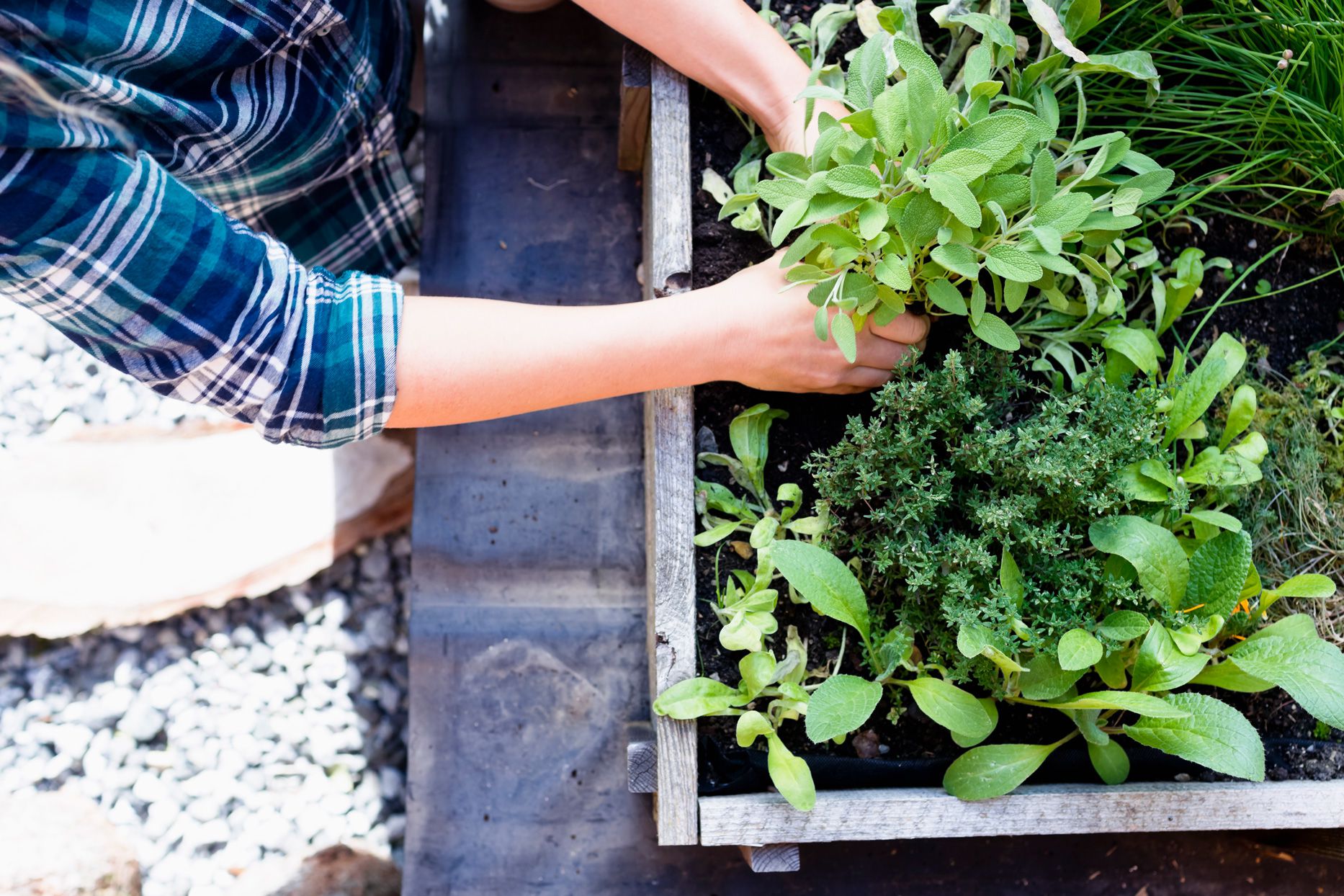

Articles
How To Grow Herb Garden
Modified: January 19, 2024
Learn the secrets of successful gardening and discover how to grow your own herb garden with our expert tips and advice. Start your gardening adventure today!
(Many of the links in this article redirect to a specific reviewed product. Your purchase of these products through affiliate links helps to generate commission for Storables.com, at no extra cost. Learn more)
Introduction
Welcome to the world of gardening! Growing your own herbs can be a rewarding and fulfilling experience. Not only do herbs add flavor and aroma to your dishes, but they also provide numerous health benefits. Whether you have a small balcony or a spacious backyard, creating an herb garden is a great way to connect with nature and enjoy the beauty of plants.
Choosing to grow your own herbs not only allows you to have fresh ingredients at your disposal, but it also gives you control over the quality of the herbs you consume. You can ensure that no pesticides or harmful chemicals are used, leading to healthier and more flavorful herbs.
In this article, we will guide you through the process of growing your own herb garden. From choosing the right location to harvesting and preserving your herbs, we will cover all the essential steps to help you succeed in your gardening journey.
So, let’s roll up our sleeves and get ready to dig in!
Key Takeaways:
- Embrace the joy of herb gardening by selecting the right location, choosing the perfect herbs, and nurturing your plants with proper watering and fertilizing techniques. Enjoy the therapeutic and rewarding journey of growing and harvesting your own flavorful herbs.
- Preserve the flavors and aromas of your homegrown herbs by mastering the art of harvesting and various preservation methods. From drying and freezing to infusing oils and vinegars, extend the joy of your herb garden throughout the year with creative and flavorful techniques.
Choosing the Right Location
When it comes to growing an herb garden, selecting the right location is crucial for the success of your plants. Herbs generally thrive in sunny areas with well-drained soil. Here are some factors to consider when choosing the location for your herb garden:
- Sunlight: Most herbs need at least 6-8 hours of direct sunlight per day. Look for a spot in your garden that receives ample sunlight. If you have limited sun exposure, consider container gardening and place your pots in sunny areas.
- Soil Drainage: Herbs prefer well-drained soil to prevent root rot. Avoid areas where water tends to pool or areas with heavy clay soil. Sandy or loamy soil with good drainage is ideal for herb growth.
- Proximity to Water Source: Your herb garden should be easily accessible to a water source. Herbs require regular watering, especially during hot summer months. Having a nearby water source will make it convenient for you to provide adequate moisture to your plants.
- Protection from Strong Winds: Some herbs, particularly the more delicate varieties, can be easily damaged by strong winds. Consider planting your herb garden near a fence, wall, or other structures that can provide shelter from strong gusts of wind.
Additionally, consider the aesthetic appeal and convenience when choosing the location for your herb garden. You may want it to be closer to your kitchen for easy access to fresh herbs while cooking. If you have limited space, vertical gardening or using window boxes can be great options.
Remember to plan ahead and visualize the growth of your herbs over time. Make sure there is enough space for your plants to grow without being overcrowded. Proper air circulation is essential in preventing fungal diseases.
By carefully selecting the right location for your herb garden, you can provide the optimal growing conditions for your herbs, leading to healthy and flourishing plants.
Selecting the Herbs
Choosing which herbs to include in your garden is an exciting part of the process. There is a vast array of herbs to choose from, each with its unique flavors, fragrances, and uses. Here are some tips to help you select the perfect herbs for your herb garden:
- Culinary Preferences: Consider the herbs that you frequently use in your cooking. Think about the flavors that you enjoy and the types of dishes you prepare. If you love Italian cuisine, you might opt for basil, oregano, and rosemary. For Asian-inspired dishes, consider growing cilantro, Thai basil, and lemongrass. Pick herbs that will enhance your culinary adventures.
- Growing Conditions: Take into account the specific growing requirements of each herb. Some herbs prefer full sun, while others can tolerate partial shade. Consider the soil pH requirements and the need for adequate drainage. Choose herbs that are well-suited to the conditions in your garden.
- Space Availability: Assess the amount of space you have available for your herb garden. Some herbs, like mint and sage, can spread vigorously and may require more space. If you have limited space, focus on herbs that can grow well in pots or smaller containers.
- Beneficial Properties: Some herbs offer more than just flavor. Many herbs have medicinal properties and can be used for herbal remedies. For example, lavender has soothing properties, while chamomile can help with relaxation and sleep. Research the various benefits of herbs and select ones that align with your interests.
- Personal Favorites: Lastly, choose herbs that you personally enjoy. Gardening can be a pleasurable and therapeutic activity, and having herbs that bring you joy will enhance that experience. Consider your personal preferences and select herbs that resonate with you.
Remember that you can always start small and expand your herb garden over time as you gain more confidence and experience. It’s also a good idea to check with local nurseries or gardening experts for advice on which herbs thrive in your specific region.
By carefully selecting your herbs, you can create a diverse and flavorful herb garden that caters to your culinary tastes and personal preferences, ensuring a delightful and aromatic experience.
Preparing the Soil
Healthy soil is the foundation for successful herb growth. Preparing the soil before planting your herb garden is essential to provide a nutrient-rich and well-balanced environment for your plants. Here are the steps to prepare your soil:
- Clear the Area: Remove any weeds, rocks, or debris from the area where you will be planting your herbs. This will help create a clean and clutter-free space for your plants to thrive.
- Loosen the Soil: Use a garden fork or a tiller to loosen the soil in the designated area. This will improve aeration and drainage, allowing the roots of your herbs to penetrate the soil more easily.
- Add Organic Matter: Incorporate organic matter into the soil to improve its fertility and structure. You can add compost, well-rotted manure, or leaf mulch to enrich the soil with essential nutrients. Organic matter also helps retain moisture, promoting healthy root growth.
- Test the Soil: Consider getting a soil test to assess the pH level and nutrient content of your soil. Different herbs have specific pH requirements, so adjusting the soil pH can help optimize their growth. If needed, you can add lime to raise the pH or sulfur to lower it, based on the recommendations from the soil test.
- Mix in Sand or Perlite: If your soil is heavy or tends to hold excess moisture, you can improve its drainage by incorporating sand or perlite. Mix these amendments into the soil to make it more porous and ensure better water drainage.
It’s crucial to remember that different herbs have varying soil preferences. Some prefer well-drained soil, while others thrive in moist soil. Research the specific soil requirements for the herbs you have chosen and make adjustments accordingly.
Before planting your herbs, water the area lightly to settle the soil and give it a chance to absorb the moisture. This will create an ideal environment for your young plants to establish their root systems.
By taking the time to prepare your soil properly, you are setting the stage for healthy growth and ensuring that your herbs have access to the nutrients they need to thrive.
Planting the Herb Garden
Now that you have chosen the location, selected the herbs, and prepared the soil, it’s time to start planting your herb garden. Follow these steps to ensure successful planting:
- Spacing: Pay attention to the spacing requirements for the herbs you are planting. Some herbs, like basil and parsley, need more space to spread, while others, like thyme and rosemary, can be planted closer together. Read the plant tags or do some research to determine the recommended spacing distance for each herb.
- Transplanting or Sowing Seeds: Decide whether you want to transplant herb seedlings or start from seeds. Transplanting seedlings allows for quicker establishment, while sowing seeds gives you the opportunity to witness the entire growth process. If transplanting, carefully remove the seedlings from their containers and gently loosen the roots before placing them into the prepared holes in the soil.
- Planting Depth: Plant herbs at the appropriate depth, ensuring that the root ball is covered with soil. Avoid planting too deep, as it can lead to suffocation of the roots, and planting too shallow may result in instability. Follow the instructions on the seed packets or plant tags for specific guidelines on planting depth.
- Watering: After planting, give your herb garden a thorough watering to settle the soil and provide moisture for the newly planted herbs. Watering helps the roots establish contact with the soil and minimizes transplant shock.
- Labeling: It’s helpful to label your herbs to keep track of their names and varieties. Use small plant markers or labels to identify each herb. This will prevent confusion and allow you to easily identify and care for each plant.
Consider the growth habits of your herbs when deciding where to place them. Taller herbs like dill or fennel may benefit from being positioned towards the back of the garden, while low-growing herbs like thyme or chamomile can be placed towards the front or in between taller plants.
It’s important to note that some herbs, like mint, can be invasive and spread rapidly. To control their growth and prevent them from taking over your herb garden, consider planting them in containers or using barriers to contain their roots.
Remember to give your herbs enough space and avoid overcrowding. Proper spacing allows for good air circulation and reduces the risk of diseases. Regularly monitor your herb garden for any signs of pests or diseases and take appropriate measures to address them.
With proper planting techniques, your herb garden will be off to a great start, and you can look forward to a bountiful harvest in the future.
When growing an herb garden, make sure to provide well-draining soil, ample sunlight, and regular watering to promote healthy growth and flavor development in the herbs.
Read more: How To Grow Herbs On Balcony
Watering and Fertilizing
Watering and fertilizing are crucial aspects of herb garden maintenance that promote healthy growth and development. Paying attention to the water and nutrient needs of your herbs will ensure they thrive. Here are some guidelines for watering and fertilizing your herb garden:
- Watering: Herbs generally prefer slightly moist soil, but be cautious not to overwater them, as excessive moisture can lead to root rot. The frequency of watering depends on various factors such as weather conditions, soil type, and the specific needs of each herb. As a general rule, water your herbs when the top inch of soil feels dry to the touch. Avoid getting the leaves wet, as this can promote disease. Instead, water directly at the base of the plants.
- Drip Irrigation: Consider using a drip irrigation system or soaker hoses to provide a consistent and even water supply to your herbs. This method helps to minimize water waste and ensures that the roots receive a thorough soaking.
- Fertilizing: Herbs generally grow well in nutrient-rich soil, but they do not require heavy feeding. Organic fertilizers, such as compost or well-rotted manure, are excellent choices as they provide slow-release nutrients. Apply fertilizers sparingly, following the instructions on the package or using the recommended rates for herbs. Over-fertilizing can lead to excessive leaf growth at the expense of flavor and aroma.
- Herb-Specific Needs: Some herbs have specific water and nutrient requirements. For instance, herbs like basil, cilantro, and parsley prefer consistently moist soil, while herbs like rosemary and thyme prefer drier conditions. Research individual herbs to understand their specific needs and adjust your watering and fertilizing practices accordingly.
- Foliar Feeding: Occasionally, herbs may benefit from foliar feeding, which involves spraying a diluted liquid fertilizer directly on the leaves. This can provide additional nutrients and promote healthy growth. However, avoid foliar feeding in full sun or on hot days, as it may cause leaf burn.
Regular monitoring is essential to ensure your herbs are receiving the appropriate amount of water and nutrients. Pay attention to any signs of stress or deficiency, such as drooping leaves or yellowing. Adjust your watering and fertilizing practices accordingly to meet the specific needs of each herb.
Remember that it’s always better to underwater than to overwater. Drought stress can enhance the flavor of certain herbs, while overwatering can lead to root rot and other issues.
By providing consistent and appropriate watering and fertilizing, you will be rewarded with healthy, vibrant herbs that enrich your culinary experiences.
Controlling Weeds and Pests
Maintaining a herb garden involves dealing with weeds and pests that can hinder the growth and health of your herbs. By implementing effective control methods, you can protect your plants and ensure their overall well-being. Here are some tips for controlling weeds and pests in your herb garden:
- Weed Management: Regularly remove weeds from your herb garden to prevent competition for nutrients and water. Use a hand tool or garden hoe to carefully remove weeds, taking care not to disturb the roots of your herbs. Applying a layer of mulch, such as straw or wood chips, around your herbs can help suppress weed growth.
- Organic Pest Control: Consider using organic methods to control pests in your herb garden. Beneficial insects like ladybugs and lacewings can help control aphids and other soft-bodied pests. You can attract these beneficial insects by planting flowering plants nearby or creating bug-friendly habitats. Additionally, handpicking larger pests like caterpillars or using organic insecticidal soap sprays can help combat pest infestations.
- Companion Planting: Utilize companion planting to naturally deter pests and enhance the health of your herbs. Some herbs, like rosemary and sage, have insect-repelling properties and can be interplanted with other susceptible herbs. For example, planting garlic or chives near susceptible herbs like basil or parsley can help repel pests.
- Regular Inspections: Regularly inspect your herb garden for any signs of pest damage or disease. Early detection is key to preventing widespread infestations. Look for holes in leaves, chewed edges, or discolored foliage. Be vigilant and take appropriate action immediately to protect your herbs.
- Healthy Soil and Plants: Strong and healthy plants are more resilient to both pests and diseases. Ensure your herbs are grown in well-prepared soil with adequate nutrients. Avoid over-fertilizing, as it can make the plants more susceptible to pest attacks. Proper spacing and good airflow also help prevent the spread of diseases.
- Crop Rotation: Rotate the location of your herb plants each season to deter pests that overwinter in the soil. This practice disrupts pest life cycles and reduces the chances of re-infestation.
It’s important to remember that not all insects in your herb garden are harmful. Some may be beneficial pollinators or predators that naturally control pest populations. Educate yourself about the different insects and their roles in the garden to make informed decisions about pest control.
If you find it challenging to manage pests or identify plant diseases, consider reaching out to local gardening experts for advice or visiting a local nursery for support.
By consistently implementing weed control and pest management strategies, you can ensure that your herb garden remains healthy, vibrant, and free from harmful pests.
Harvesting the Herbs
One of the most rewarding aspects of having an herb garden is being able to harvest the fresh and flavorful herbs you’ve grown. Harvesting herbs at the right time ensures optimal taste and maximizes the yield of your plants. Here are some guidelines for harvesting your herbs:
- Timing: Harvesting time varies depending on the herb and the part of the plant you plan to use. In general, it’s best to harvest herbs in the morning after the dew has dried but before the heat of the day. This is when the essential oils that impart flavor and aroma are at their peak.
- Herb-Specific Harvesting: Each herb has its own harvesting techniques. For leafy herbs such as basil, parsley, and mint, pick the leaves individually or trim the outer foliage. For woody herbs like rosemary and thyme, snip stems just above a leaf node or trim entire branches. Research the specific requirements for each herb to ensure the correct harvesting technique.
- Harvesting Tips: When harvesting, use sharp, clean scissors or pruning shears to prevent damage to the plant. Avoid pulling or twisting the stems, as this can harm the plant. Instead, make clean cuts just above a node or side shoot. Remove any yellowed or damaged leaves to maintain plant health.
- Regular Harvesting: Regular harvesting helps promote bushy growth and ensures a continuous supply of fresh herbs. Avoid letting your herbs flower and go to seed, as this can diminish the flavor and quality of the leaves. Regularly snip off any flower buds that appear to encourage more leaf production.
- Preserving Freshness: To prolong the freshness of harvested herbs, store them properly. Rinse the herbs gently under cool running water to remove any dirt or debris. Pat them dry with a clean cloth or paper towel and place them in a damp paper towel. Store them in a sealed plastic bag or container in the refrigerator. Alternatively, you can store herbs in a glass of water, like a bouquet, to keep them fresh and hydrated.
Herb harvesting is a continuous process throughout the growing season. As your herbs grow, you can harvest from them multiple times, which encourages productive growth and allows you to enjoy their many benefits all season long.
Remember to not overharvest your herbs, especially during the early stages of growth. Allow your plants to establish themselves before harvesting large quantities. A good rule of thumb is to never harvest more than one-third of the plant’s total foliage at a time.
With careful and timely harvesting, you can savor the fresh flavors and aromas of your homegrown herbs in your culinary creations.
Preserving Herbs
Preserving herbs allows you to enjoy their flavors and aromas long after the growing season has ended. There are various methods for preserving herbs, ensuring you have a supply of fresh herbs even during the winter months. Here are some popular techniques for preserving herbs:
- Drying: Drying herbs is one of the easiest and most common methods of preservation. Gather small bunches of herbs and tie them with string. Hang the bundles upside down in a warm, well-ventilated area away from direct sunlight. Once the herbs are dry and crumbly, remove the leaves from the stems and store them in airtight containers or jars. Dried herbs retain their flavor well and can be used in cooking or for making herbal teas.
- Freezing: Freezing herbs helps retain their freshness and flavor. Wash the herbs and pat them dry. Chop or mince the herbs and place them into ice cube trays, filling each compartment halfway. Add a small amount of water or oil to cover the herbs. Once frozen, transfer the herb cubes to a sealable bag or container. Frozen herbs can be added directly to soups, stews, or other cooked dishes.
- Herb Infused Oils and Vinegars: Infusing oils or vinegars with herbs is a great way to add flavor to your culinary creations. Fill a sterilized glass jar with fresh herbs, ensuring they are completely dry and free from moisture. Cover the herbs with oil or vinegar, making sure they are fully submerged. Seal the jar and let it sit in a cool, dark place for a few weeks to allow the flavors to infuse. Strain out the herbs and transfer the infused oil or vinegar to a clean container for storage.
- Herb Butters: Herb butter is a versatile and flavorful way to preserve herbs. Soften unsalted butter and mix in finely chopped herbs of your choice. Place the herb butter on a sheet of plastic wrap or parchment paper and form it into a log shape. Roll it tightly and refrigerate or freeze. Herb butter can be used to enhance the taste of cooked dishes or spread onto bread and toast.
- Herb Salt or Sugar: Another creative way to preserve herbs is by making herb-infused salt or sugar. Finely chop the herbs and mix them with salt or sugar. Spread the mixture onto a baking sheet and allow it to dry for a few days at room temperature. Once dry, transfer the herb-infused salt or sugar to a jar for storage. These flavorful concoctions can be used to enhance the taste of various dishes or to add a unique twist to cocktails or desserts.
Each preservation method has its benefits and is suitable for different culinary applications. Experiment with different techniques and find the ones that work best for your preferred herbs and cooking style.
Remember to label and date your preserved herbs to keep track of their freshness. Store them in a cool, dry place away from direct sunlight to maintain their quality.
Preserving your herbs allows you to enjoy their taste and aroma all year round, providing a delightful reminder of the joys of gardening even when the growing season has come to an end.
Read more: How To Grow Herbs From Seed
Conclusion
Congratulations on venturing into the world of herb gardening! By growing your own herbs, you have embarked on a journey that will not only enhance your culinary experiences but also provide numerous health benefits and a deeper connection with nature.
In this comprehensive guide, we have covered the essential steps to help you create and maintain a successful herb garden. From choosing the right location and selecting the perfect herbs to preparing the soil, planting, and nurturing your plants, we have provided you with the knowledge and tips to set you up for gardening success.
We also discussed the importance of proper watering and fertilizing techniques to ensure the health and vitality of your herbs. We explored methods for controlling weeds and pests, allowing your plants to thrive without harmful interference. Additionally, we discussed the art of harvesting and preserving herbs, enabling you to enjoy their flavors and aromas long after the growing season has ended.
Remember that gardening is a journey of continuous learning and experimentation. As you gain more experience, you may discover new techniques and develop your own unique methods for nurturing your herb garden.
Take the time to immerse yourself in the process and savor the joy of watching your herbs grow and flourish. Embrace the therapeutic and rewarding aspects of gardening, and let it be a source of relaxation and inspiration.
Now, armed with the knowledge and guidance provided in this article, it’s time to put your green thumb to work. Start planning, planting, and cultivating your herb garden. Enjoy the satisfaction of harvesting fresh herbs and incorporating them into your culinary creations, elevating your dishes to new heights.
May your herb garden bring you joy, abundance, and a deeper appreciation for the wonders of nature. Happy gardening!
Frequently Asked Questions about How To Grow Herb Garden
Was this page helpful?
At Storables.com, we guarantee accurate and reliable information. Our content, validated by Expert Board Contributors, is crafted following stringent Editorial Policies. We're committed to providing you with well-researched, expert-backed insights for all your informational needs.
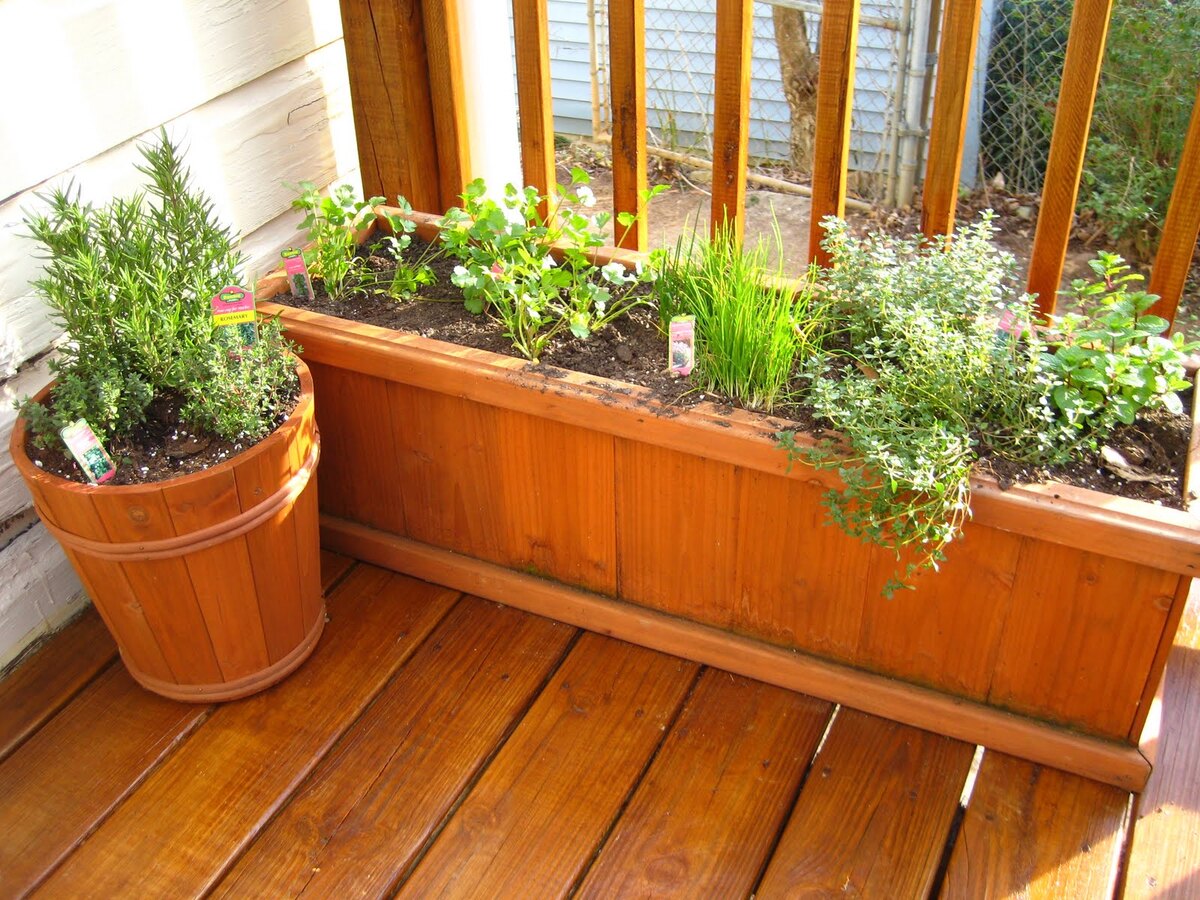
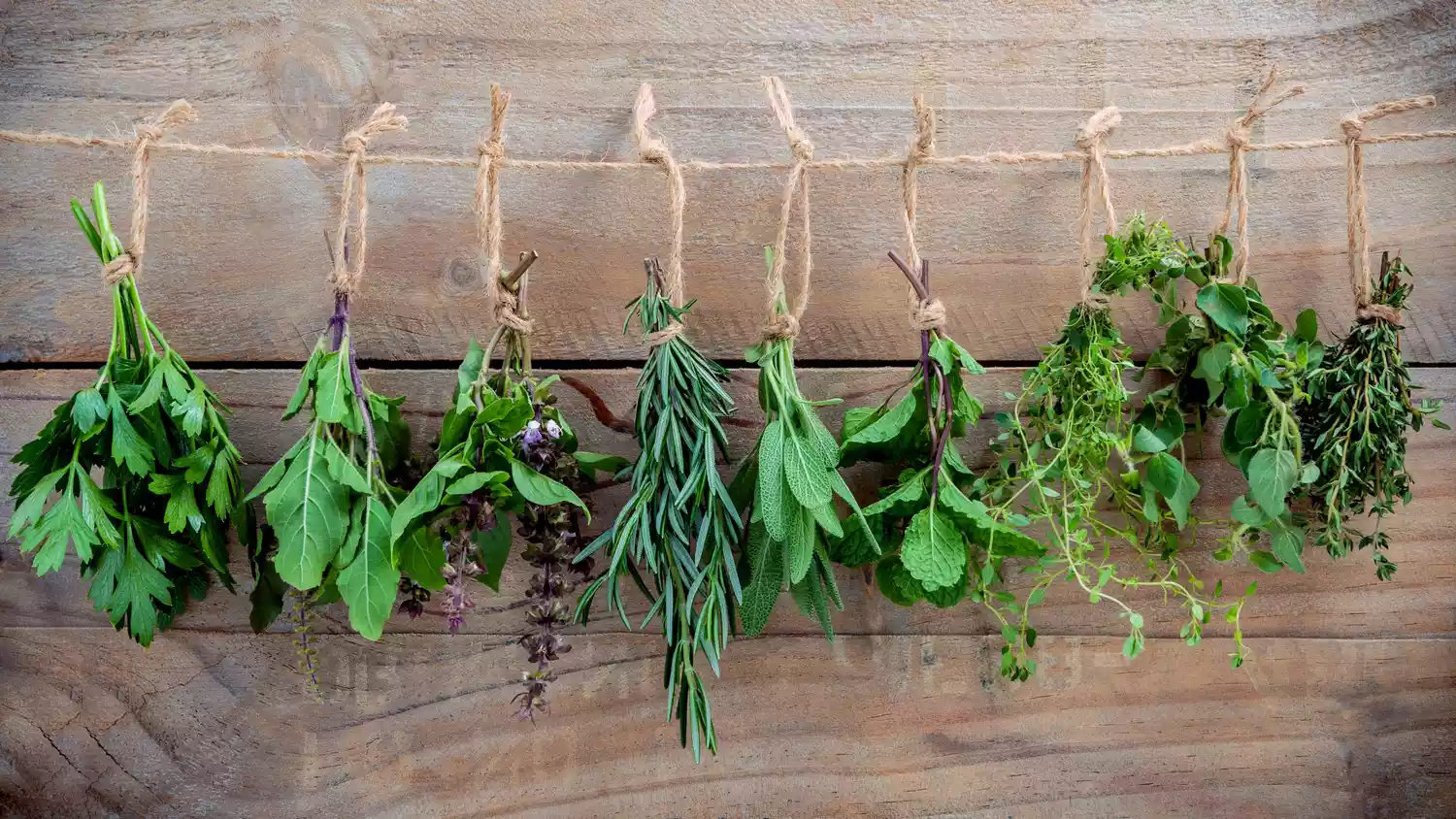
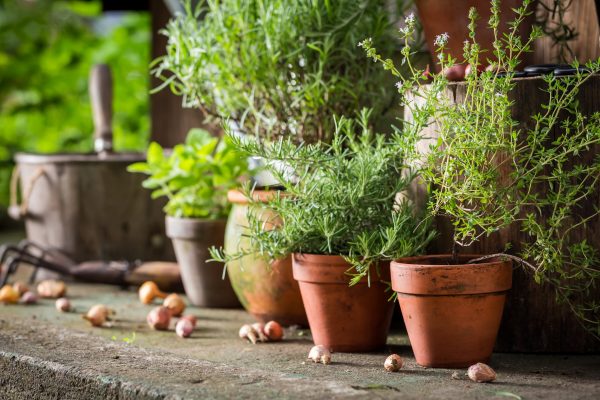
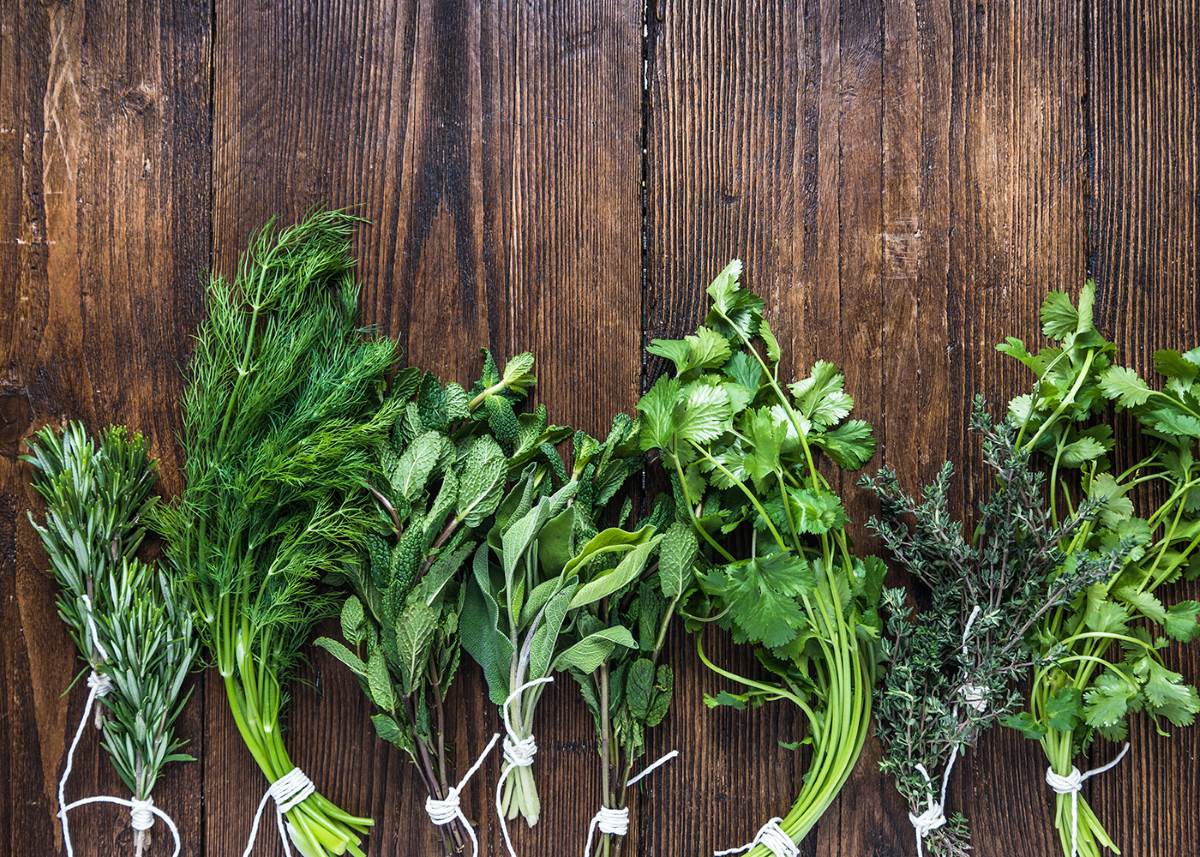
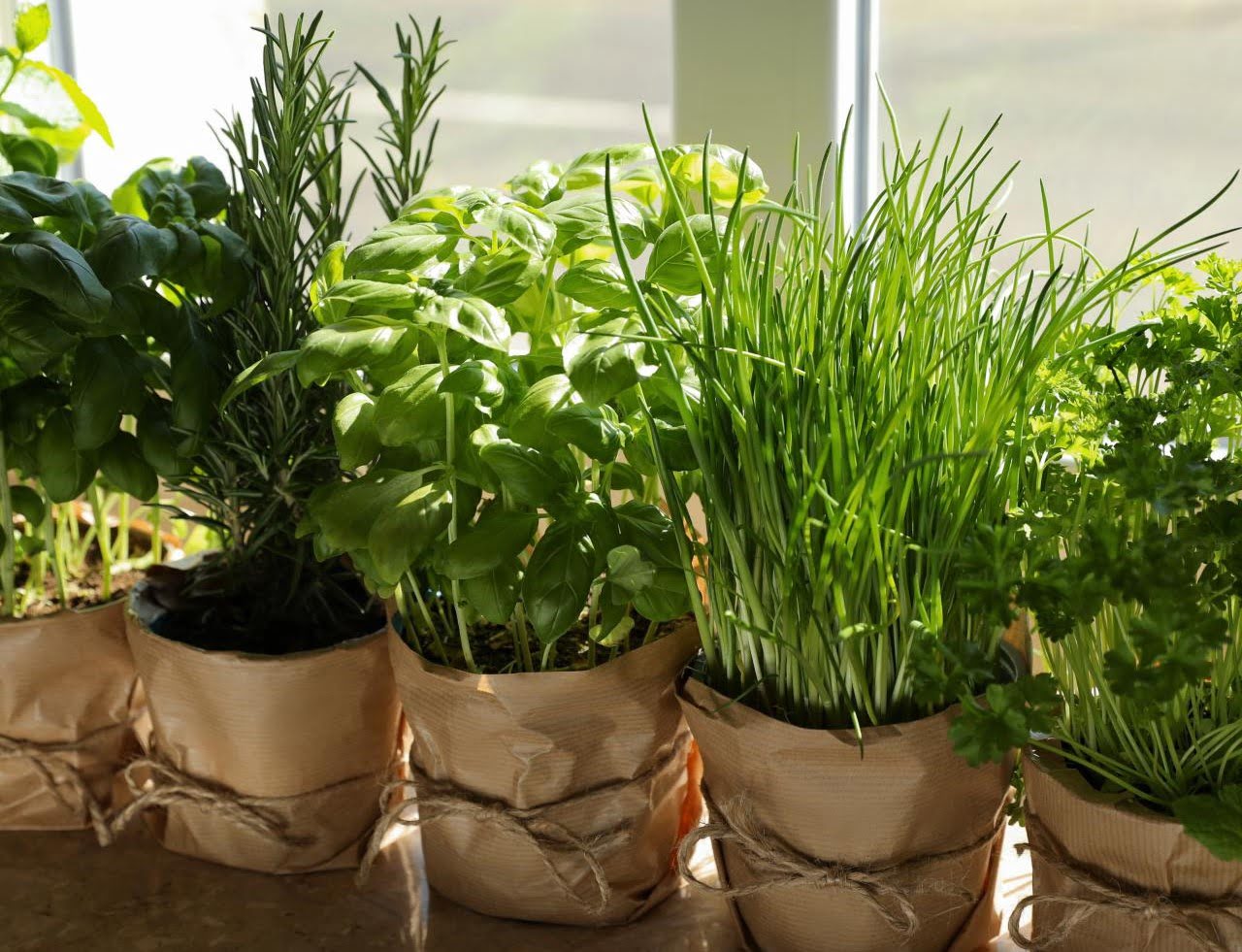
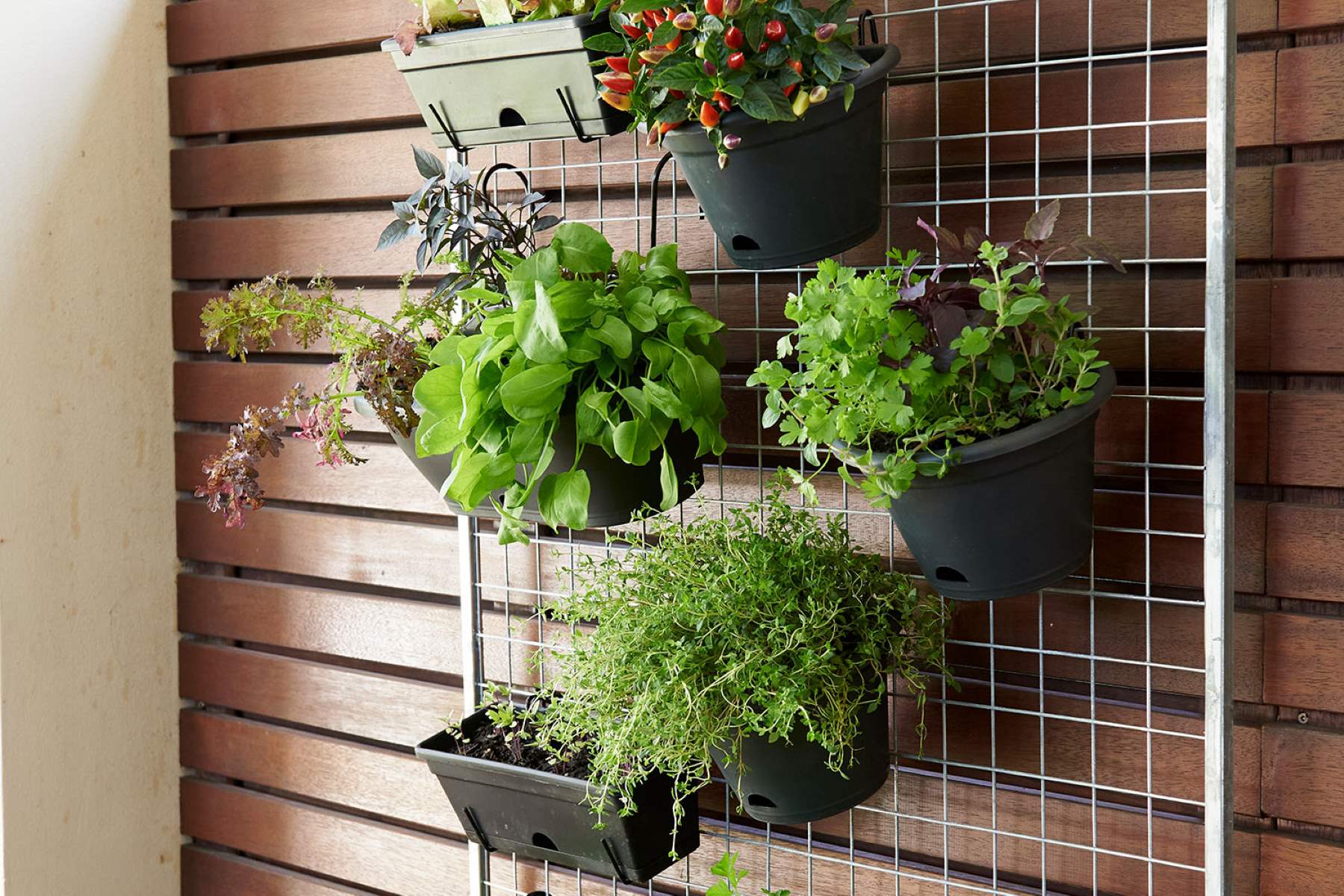
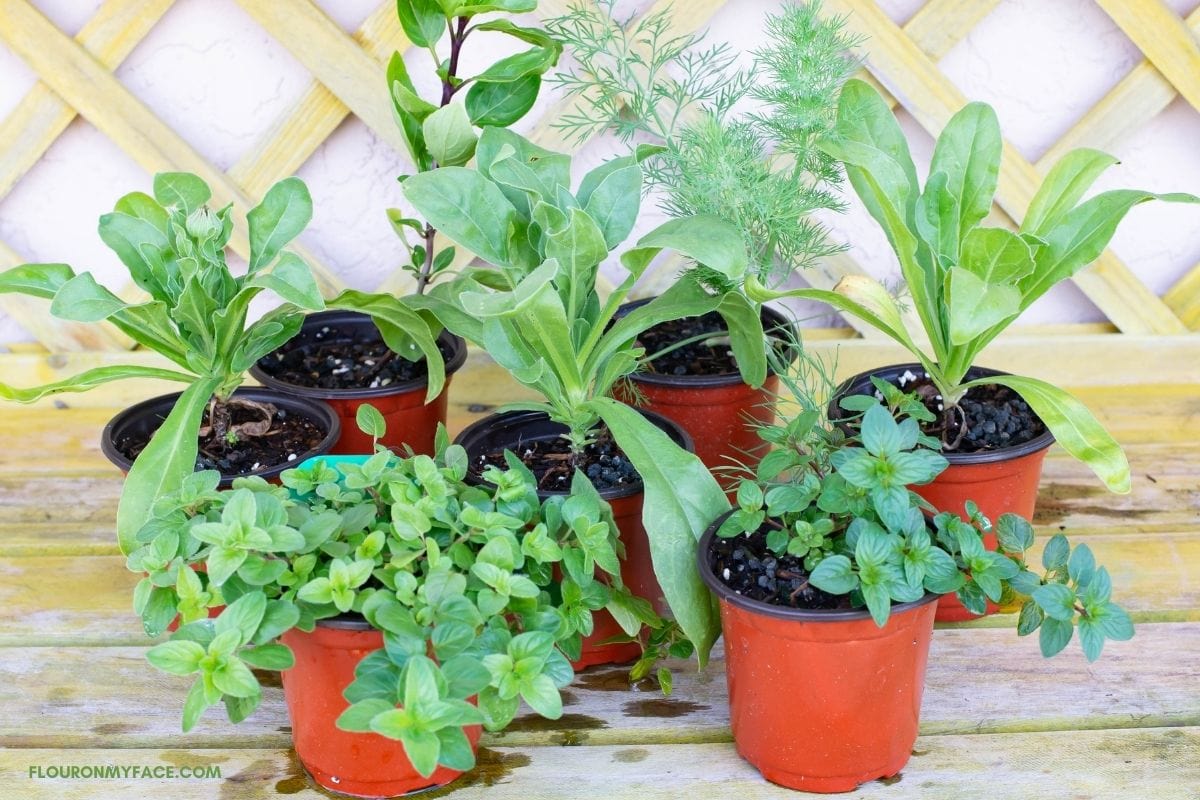
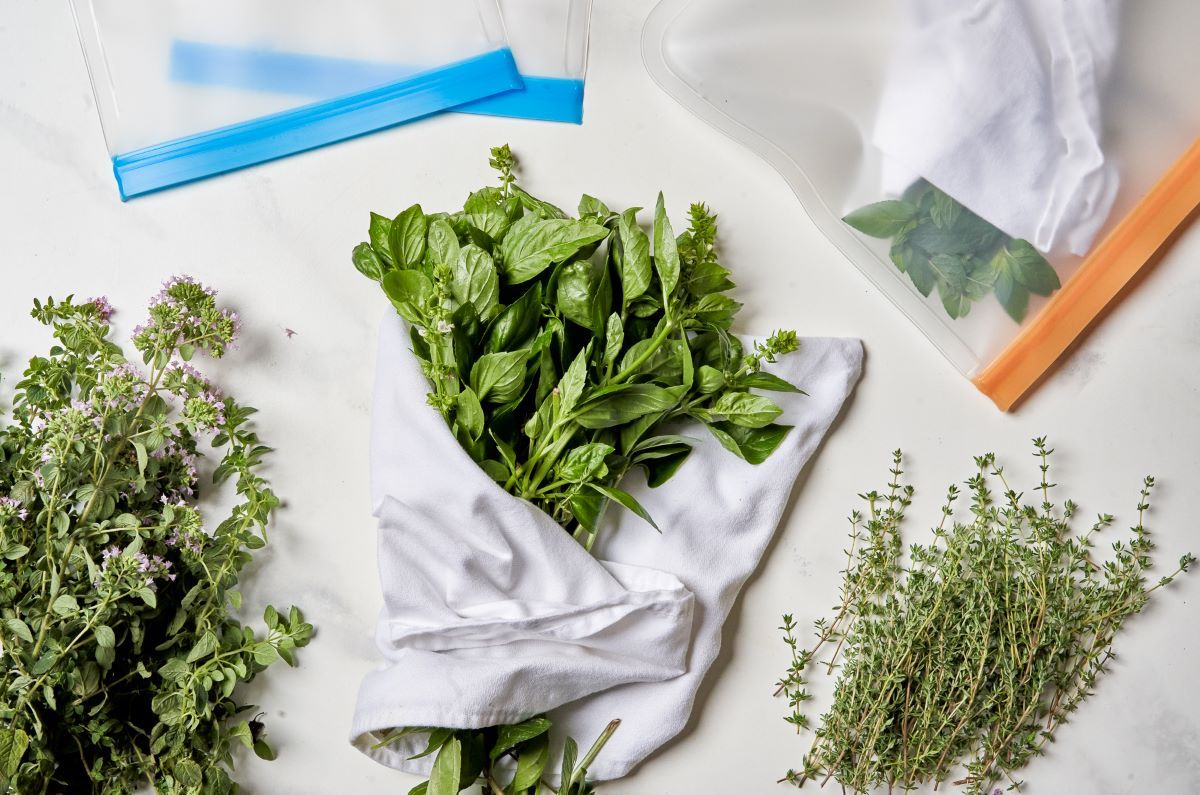
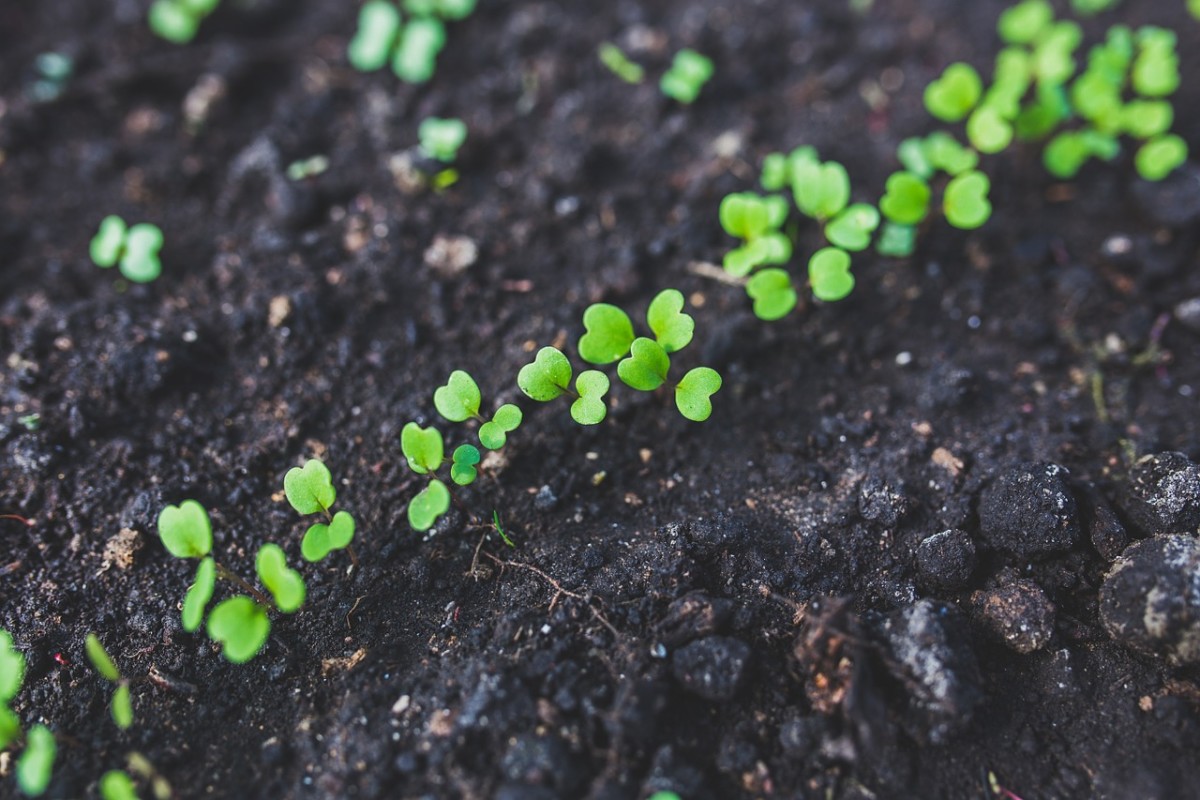
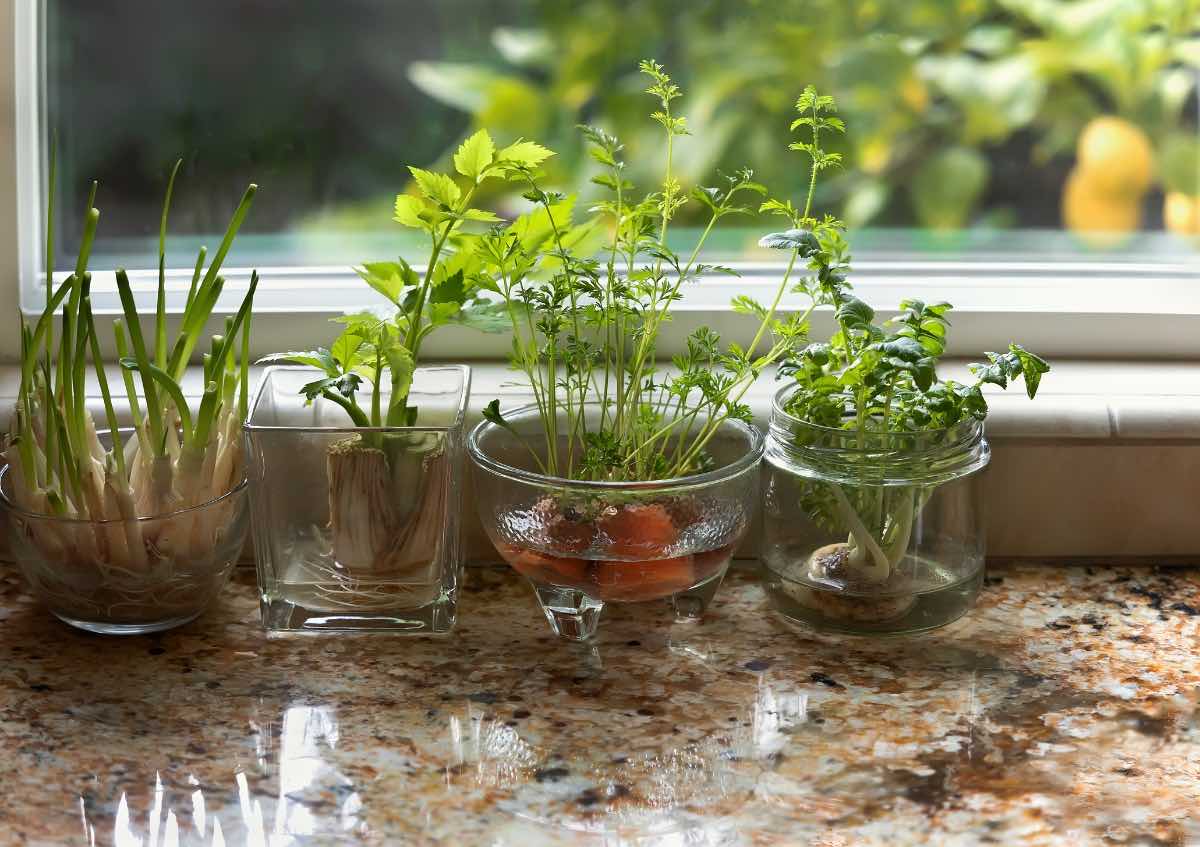
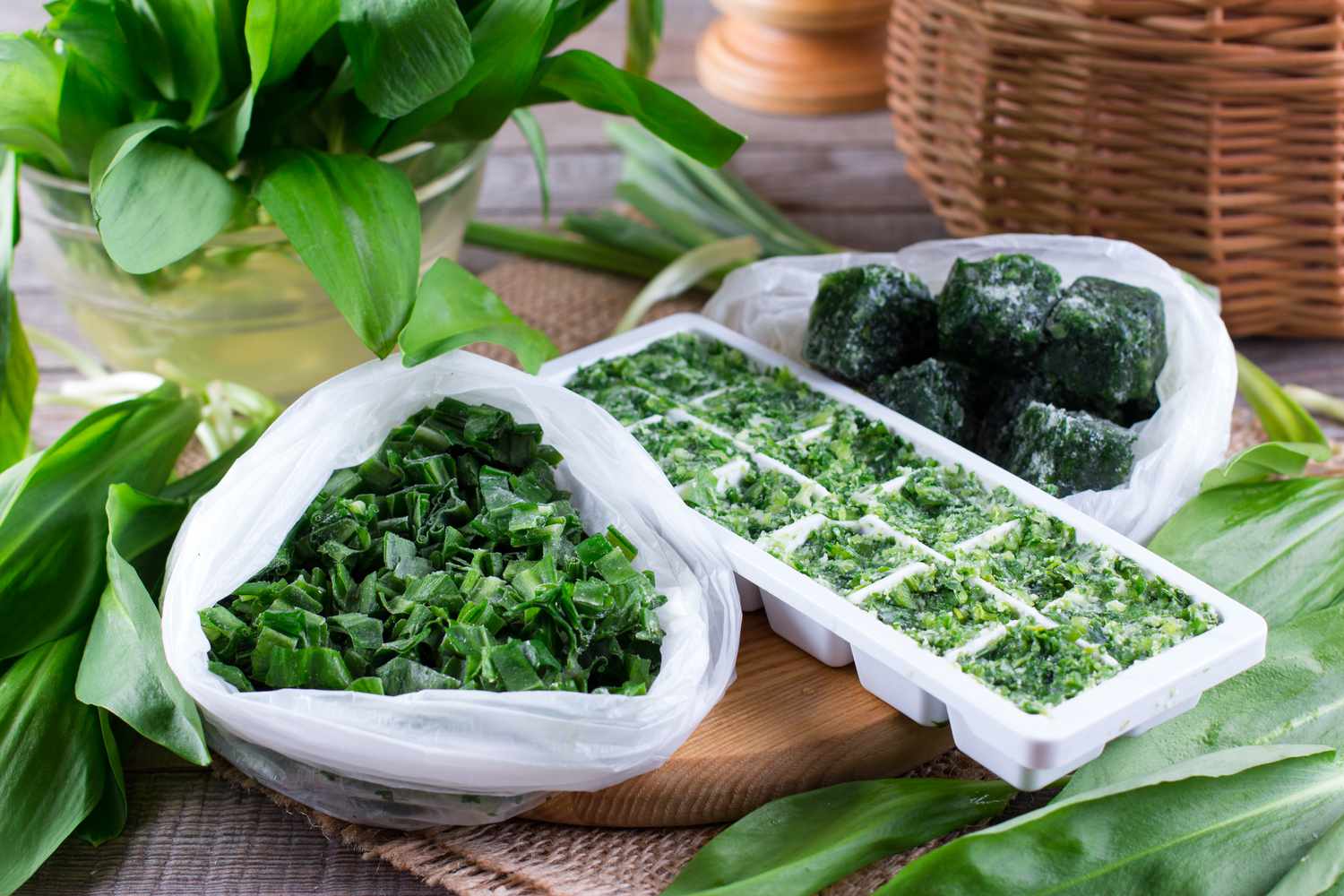

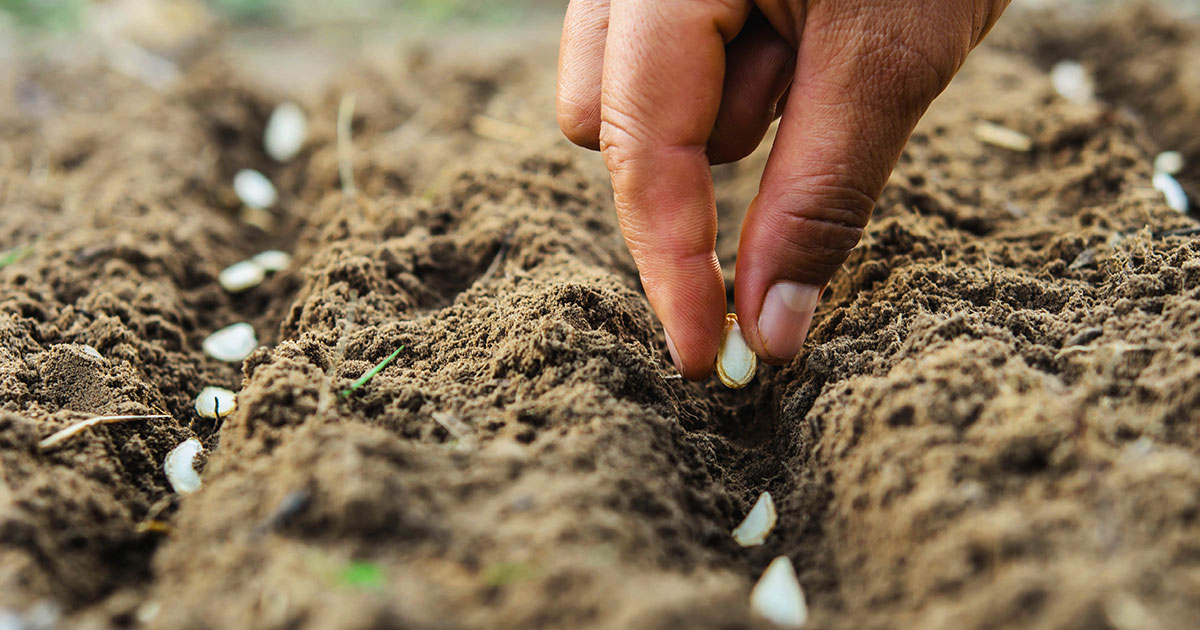

0 thoughts on “How To Grow Herb Garden”